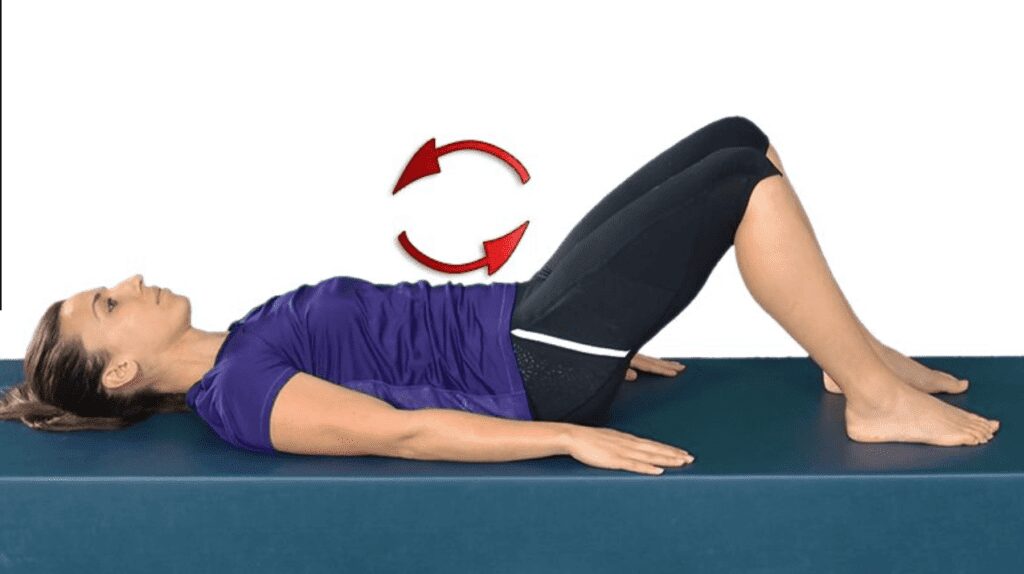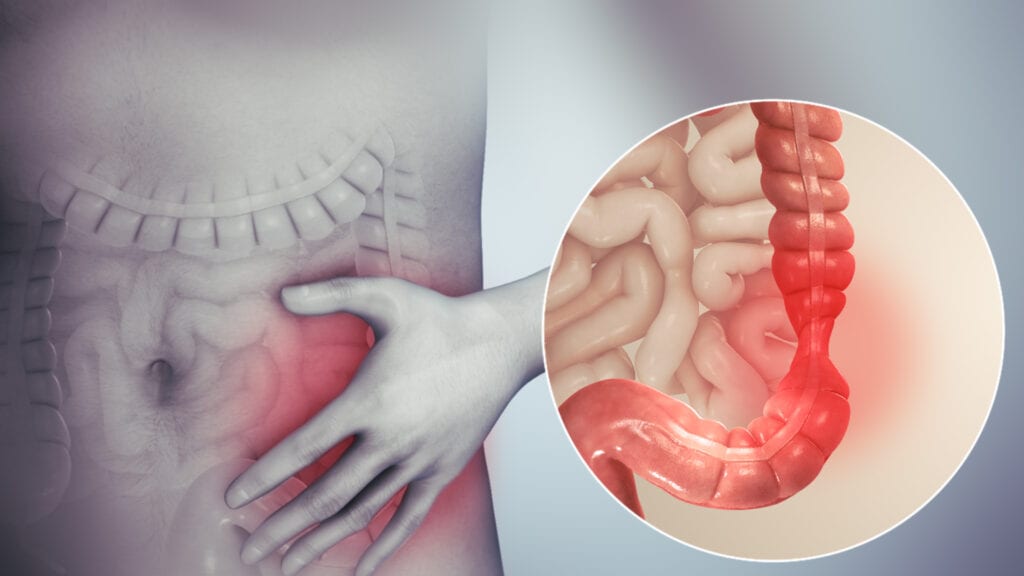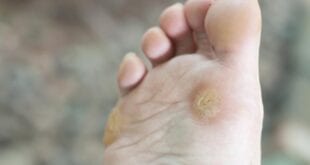The pelvic floor muscles support the lower part of our pelvis region. Whenever these floor muscle dysfunction, you could face health issues with your bowel movements, urinary bladder control, uterus disorders, physical imbalance, and some intestinal disorders. It can also affect sexual performance and cause a lot of pain.
Such health-related issues will interrupt your everyday routines and cause a lot of inconvenience and pain. However, many of us are not open to discussing these health problems with other people and avoid doing workouts in front of others. Instead of hiding your health problems, you must get it immediately diagnosed by physical therapists, as it can worsen the condition and lead to bigger problems.
The good news is that the pelvic floor muscles can be fixed with certain exercises and therapies that you can do at the gym or at home. Your therapist will examine your case thoroughly before suggesting the possible exercises and treatments. Most of these exercises can be done without any gym equipment. It is very similar to other physical therapies that address pains in muscles, joints, nerves, and connective tissues.
How to get pelvic floor therapy?

If you are looking for pelvic floor therapy in NYC, you should visit the multi-specialty NYDNRehab clinic. They have therapists who will competently treat your pelvic floor dysfunction with personalized physical therapies.
They also give chiropractic and physical therapy for other problems in the shoulder, neck, mid-back, arm, and elbow, hip, waist, lower back, heel, foot and ankle, and knee. This is the only system in NYC where state-of-the-art 3D gait analysis is performed.
Causes of Pelvic Floor Dysfunction
PFDs are caused due to tightness or weakness in the pelvic muscles, joint pain in the pelvis or lower back, trauma, surgery, obesity, pregnancy, excessive physical activity, sedentary lifestyle, and many more.
Symptoms of PFDs

If you are suffering from pelvic floor dysfunction, you might have the following symptoms:
- Urinary tract infection
- Pregnancy pain
- Pain during sexual intercourse
- Interstitial cystitis
- Irritable bowel syndrome
- Strain while passing a bowel movement
- Post-surgical pain
It is more common for women to suffer from PFDs post-pregnancy or during pregnancy. The doctor will study the medical history of the patient in addition to physical examination in order to prescribe the best treatment plan.
Tests you might have to take while treating PFDs
Depending on your symptoms, you might have to take certain tests to help with diagnosis.
Bladder Control Problems

- Urodynamics: Evaluation of the working of the bladder and urethra to determine the plan for surgery to treat bladder control problems.
- Cystoscopy: Examining problems like inflammation, tumors, and bladder stones.
- Urinalysis: Detection of kidney problems, bladder infections, and diabetes.
Bowel control problems

- Dynamic defecography: Evaluation of pelvic floor and rectum while having bowel movements.
- Anal manometry: Evaluation of strength of the anal sphincter muscles.
- Colonoscopy or sigmoidoscopy: Examining the signs of inflammation and the inside of the colon or sigmoid.
Other tests
You might undergo the other tests as well. All of these tests are not painful.
- Anorectal manometry to test muscle strength, pressure, and coordination.
- Uroflow test to detect your capacity of emptying your bladder while suffering from a pelvic floor dysfunction.
- Surface electrodes to test the pelvic muscle control. During this test, electrodes are placed in between the testicles and rectum in men, and vagina and rectum for females.
- You are defecating pictograms to test your capacity to pass a bowel movement or other problems due to pelvic floor dysfunction. An enema of a thick liquid is given that can be seen in an X-ray. Then, you have to attempt to push the liquid out of the rectum using your muscles.
During the pelvic therapy, your posture and alignment will be assessed along with the abdomen, lower back, and hips. For the assessment of PFDs, a method called manual palpation is used. In this method, one finger is used to assess the muscle strength, trigger points or muscle knots, tightness, muscle coordination, and painful areas in the pelvic area.
How does pelvic floor therapy help?

The symptoms of PFDs are often caused due to muscle imbalance and pelvic floor strength. Pelvic therapy may help in treating various problems like frequent urination, the urgency to urinate, pregnancy/post-pregnancy pain, excessive loss of urine or stool, constipation, and pain in various areas during intercourse.
How is PFD treated using this method?
The physical treatment for curing PFD varies with people having specific problems. It is different for different people. This is the reason why this is a one-on-one therapy. You can ask your physician about your problem without being embarrassed about it as it is a one-on-one session.
The treatment may include the following exercises

- Coordination exercises
- Heat and electrical stimulation
- Biofeedback for strengthening or relaxing the muscles
- Stretching and strengthening exercises for pelvic muscles, legs, or trunk.
- Knowledge about self-management and prevention
- Relaxation exercises for pelvic muscles.
What is the process?

The treatment therapy is not just based solely on the symptoms but also according to the clinical examination and diagnostic results of functional ultrasonography. Based on your results, you are treated with a personalized treatment plan provided by your physician.
Restoration of postural breathing mechanics and Dynamic Neuromuscular Stabilization is used to restore the pelvic balance and stability. Abnormal walking gait is one of the root problems that cause pelvic floor dysfunction. It can be treated by providing gait-specific physical therapy. It is not very common, and only a few clinics provide this therapy for PFDs.
If you are suffering from any of the above symptoms, you must visit your doctor and get yourself tested and treated. Nobody wants to spend half of their time in the restroom due to bowel or bladder control problems.
 Imagup General Magazine 2024
Imagup General Magazine 2024



